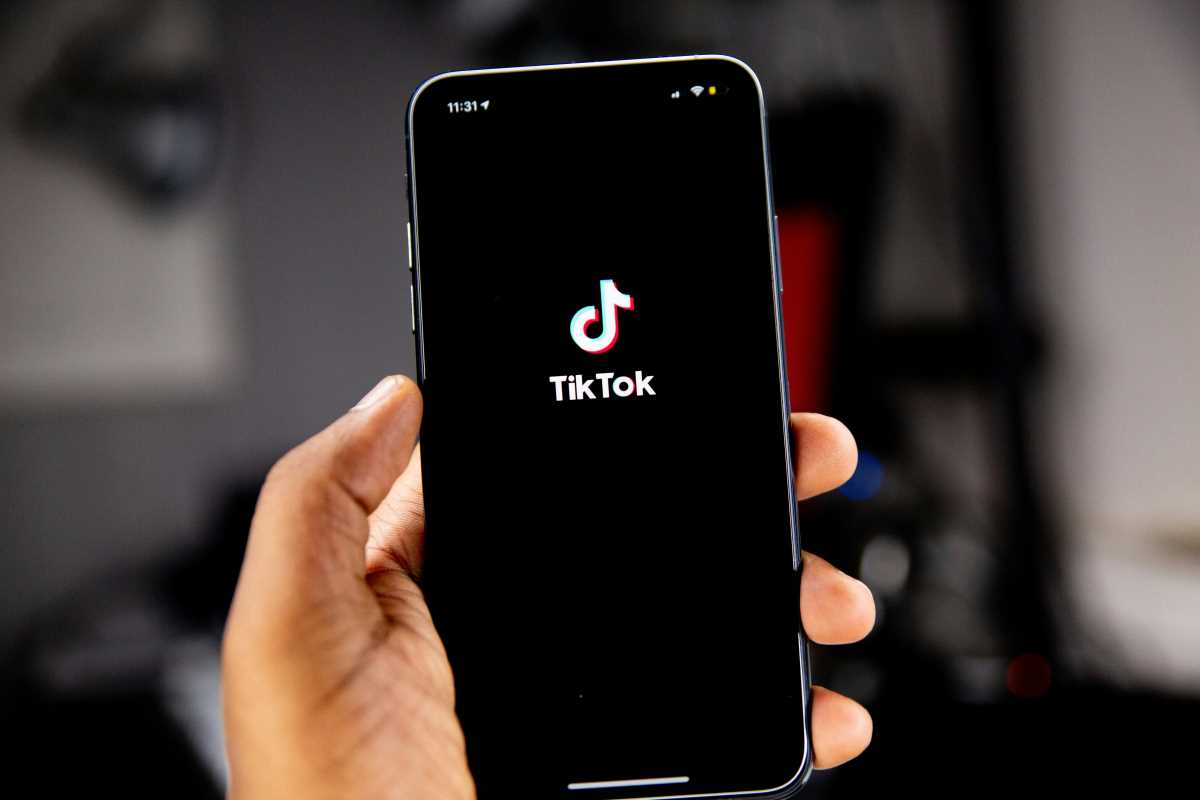Social media evolves faster than any parent can keep up with. It's no longer just about Facebook memes or Instagram selfies. By 2025, our digital landscape has grown into a dynamic battleground filled with niche platforms, trending debates, and sometimes bizarre feuds. For parents navigating these waters with teens and preteens, understanding the latest online conflicts can provide insight into the pressures and influences their kids face. Here's your definitive guide to the hottest social media showdowns of 2025.
The Platform Wars Escalate
BeReal vs. Glimmer
Remember when BeReal gained popularity in the early 2020s for its focus on authenticity? Fast forward to 2025, and Glimmer has emerged as its shiny new competitor. While BeReal encourages spontaneous, unedited snapshots, Glimmer takes the opposite approach, offering heavily curated filters, staged night-mode shots, and auto-enhancements designed for maximum aesthetic appeal.
Teens are split into distinct tribes. The "BeRealers" argue that Glimmer promotes unhealthy beauty standards and superficiality, creating pressure to live a highlight-reel life. They believe in celebrating imperfection and sharing life as it is. On the other hand, "Glimmerites" defend their favorite platform, celebrating creativity and claiming that life is art, and there's no harm in showcasing its most polished version online. Feuds spill into comment sections, school arguments, and even group chats, where debates over what "real" means rage on.
Why it matters for parents
These rival platforms reflect deeper discussions about self-esteem, perfectionism, and authenticity. For teens, these debates often become personal. Imagine posting an unfiltered photo on BeReal, only to scroll through Glimmer's curated posts a minute later. It’s easy to feel like you don’t measure up.
Parents should take time to discuss how these platforms influence their child’s sense of self. Ask how they feel after using these apps—is it empowering, or is it creating stress? While you can’t control how teens feel, you can prepare them mentally to critically evaluate social media norms.
Actionable Advice
- Validate your teen's feelings without judgment. Saying, "I understand that these comparisons feel tough," opens the door for meaningful discussions.
- Set boundaries on photo editing apps. Encourage balance between sharing polished pictures and staying authentic to their style and personality.
The Rise of "Trendsniping"
TikTok Creators vs. Shortform Innovators
TikTok might still dominate short-form video content in 2025, but new contenders like SnipVid and BlipClip are pushing innovation. With innovative tools, these platforms allow interactive edits, real-time collaborations, or AI-driven scene suggestions. However, this innovation has given rise to a new grievance in the form of "trendsniping."
On TikTok, communities invest time creating new dance challenges, skit formats, or hashtag-driven storylines to stand out. Yet users across emerging platforms often "snipe" these trends, repackaging them as original works with minor tweaks. TikTok creators feel robbed, and fans take sides by reposting side-by-side comparisons or hosting live call-outs to defend their favorite influencers. These feuds can escalate into heated battles, with entire fanbases accusing newer platforms of lacking creativity.
Why it matters for parents
This feud touches on universal lessons about creativity, effort, and ownership. While teens may see this as fun drama, it reflects ongoing uncertainties about originality in the digital age. Beyond the trends, the fear of being overlooked or outdone by someone less original is something many creators face, sparking debates around fairness.
For parents, this is a valuable way to discuss intellectual property, the ethics of content sharing, and drawing the line between imitation and integrity. It’s also essential to help your child understand that being “first” isn’t always the goal.
Actionable Advice
- Teach your kids to give credit where credit is due. Encourage them to tag original creators if they replicate trends or take inspiration.
- Reinforce that creativity isn’t always about being groundbreaking; it’s also about execution and putting your personal touch on things.
AI Feud Alert
Human Artists vs. GenAI-Driven Creations
By 2025, platforms like DreamWeave AI and LyricMasterPro allow users to generate sophisticated digital artwork or complete musical compositions in a matter of minutes. While AI enthusiasts praise these tools for breaking barriers to creativity, human artists have grown increasingly frustrated. Campaigns like #MakeItYourself and #HumanHand aim to celebrate traditional craftsmanship and educate the public about the nuances of human-driven art.
Picture this scenario: A teen shares a digitally created masterpiece using AI, receiving praise from classmates. An aspiring artist in the same group feels overshadowed because they spent hours perfecting their own painting. What starts as an online discussion about tools often turns into personal conflicts, with both sides battling over what counts as "real art."
Why it matters for parents
This feud goes beyond art; it’s about the dynamic relationship between human effort and technology. With AI tools becoming common, questions about authenticity, originality, and effort take on new relevance. Your teen may wonder whether their skills hold value in a world where machines can replicate talent.
Actionable Advice
- Encourage hands-on projects that mix traditional methods with AI tools. This showcases how the two approaches can coexist rather than compete.
- Share stories about historical industry shifts (like photography replacing painted portraits) to show how adaptation has always been a part of creativity.
"Parent Tok" vs. "Teen Tok"
The Ongoing Battle of Generational Humor
The digital divide between parents and teens has always been present, but TikTok has turned this into a mainstream source of entertainment. Millennial and Gen X parents on "Parent Tok" create relatable skits about parenting life, from awkward school pickups to late-night tantrums over homework. Meanwhile, teens on "Teen Tok" clap back, creating videos mocking "cringey" parents who just don’t get it.
While these interactions often come with laughs, they can sometimes spiral into embarrassing online call-outs. A harmless joke could strike a nerve with a teen who feels represented poorly or who’s already self-conscious about their parents engaging online.
Why it matters for parents
Though humor is often a bridge between generations, public platforms add an element of embarrassment and intensify emotions. A small misunderstanding could balloon into unnecessary drama. It’s crucial to find ways to laugh together rather than at each other's expense.
Actionable Advice
- Set ground rules for content. If you want to post funny videos about your kids, ensure they’re on board with the idea first.
- Flip the narrative by inviting your teen to collaborate on posts. Joint projects can be a hilarious and bonding experience.
The Battle Over Beauty Standards
Virtual Influencers vs. Real People
Virtual influencers like AlinaBot and DapperGan are redefining what it means to be “human” online. These perfectly crafted AI beings never age, pout in flawless lighting, and post 24/7 content tailored to user preferences. Teens look up to them as ultimate icons, sparking a wave of comparisons with real-world influencers. Critics, meanwhile, campaign under hashtags like #HumansFirst and #SkinIsReal, pushing back against these unattainable ideals.
Why it matters for parents
Teens are particularly susceptible to unrealistic portrayals of beauty. Virtual influencers amplify this issue, blending fantasy and reality so seamlessly that it becomes hard to distinguish between the two. This can negatively impact self-worth, as teens may start comparing their natural lives to the curated perfection of AI influence.
Actionable Advice
- Share examples of how virtual influencers are programmed. Discuss how their appearances and personalities are tailored, making them an impossible standard for humans to replicate.
- Encourage offline community-building activities like school clubs or hobbies that promote real-life interactions and validation.
Clash of Activism Philosophies
Performative Allyship vs. Action-Oriented Advocacy
Performative actions, or “cloutivism,” have come under fire in 2025. Social media users are quick to recognize when activism feels shallow, sparking rifts between those committed to meaningful change and those who approach it casually.
Teens who feel passionate about issues may become disillusioned when their efforts are drowned out by trending headlines or influencers who fail to follow through with promises. Heated online debates ensue, with accusations centering around who’s making a difference and who’s just seeking likes.
Why it matters for parents
Teens navigating social causes online need guidance on filtering genuine efforts from surface-level activism. These platforms can empower them, but they also risk leading to burnout or cynicism.
Actionable Advice
- Help define achievable advocacy goals offline. Explain that even small actions matter, like volunteering or having important conversations in real life.
- Teach critical evaluation skills by discussing marketing tactics used by influencers or brands that claim activism only when convenient.
Cyberbullying Concerns
Anonymous Platforms Make a Comeback
New apps like WhisperVerse allow users to communicate anonymously. While they promise "honest expression," anonymity often fosters toxicity, bullying, and rumor-mongering. Younger teens are most susceptible to the emotional turmoil this creates.
Why it matters for parents
Anonymity erodes accountability, making it easy for conflicts to spiral out of control. Your teen may feel trapped in feuds without knowing how to respond, or they might unknowingly contribute to escalating issues.
Actionable Advice
- Regular check-ins about app usage can help you track what’s happening in your teen's world.
- Empower them by teaching online etiquette and emotional resilience while ensuring they know they can always come to you for help.
 (Image via
(Image via





